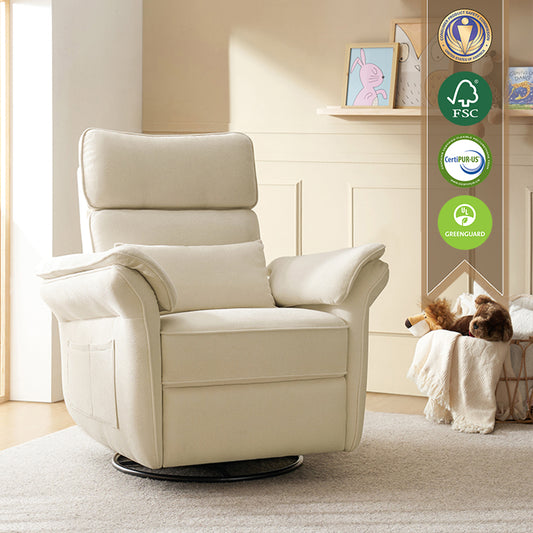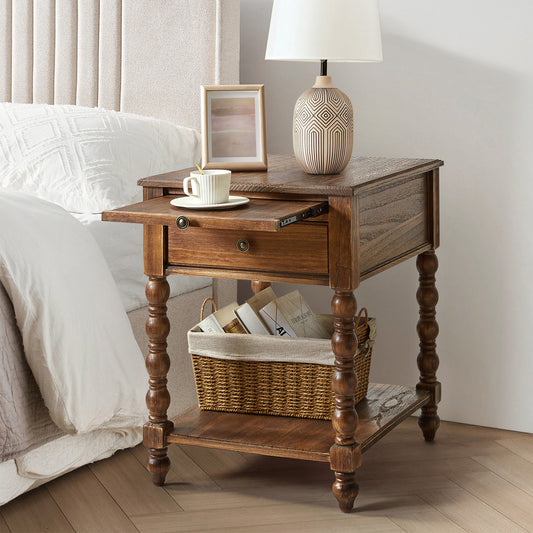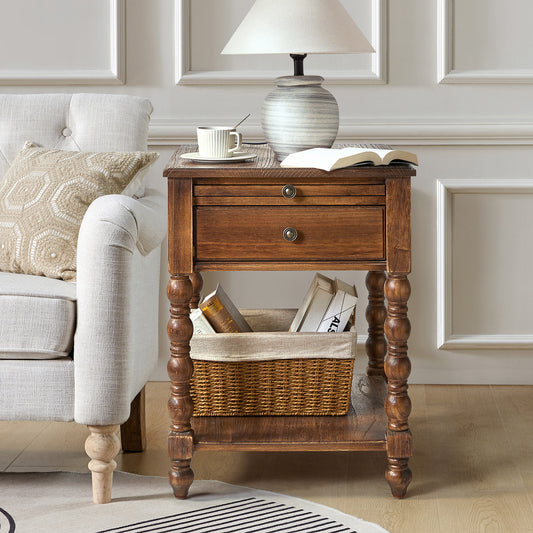Durability Showdown: Full-Grain, Top-Grain, vs Bonded Leather

When it comes to investing in furniture, especially pieces like sofas, ottomans, and armchairs that see high levels of use, the durability of the leather is of utmost importance. After all, these are not just items of furniture; they are long-term investments that need to withstand the test of time and daily wear. Understanding the differences between full-grain, top-grain, and bonded leather is critical for achieving the perfect balance between aesthetics, budget, and longevity.
Defining the Leather Grades
Full-Grain Leather
Full-grain leather is the top layer of the hide. It retains its natural grain and imperfections, which gives it a unique and authentic look. The production process involves minimal processing, with no sanding or buffing. This results in a leather with high density, excellent breathability, and the ability to develop a beautiful natural patina over time. It's like the marathon runner of leathers, built to last through long-term use.
Top-Grain Leather
Top-grain leather is sanded or buffed to remove surface imperfections. To achieve a uniform appearance, it is often coated. Although it comes from the same hide as full-grain leather, it is split and corrected to be smooth. While it has moderate durability and stain resistance, it lacks the potential to develop a patina-like full-grain leather.
Bonded Leather
Bonded leather is a composite material made up of leather scraps bonded with synthetic materials such as polyurethane. During production, shredded leather fibers are pressed onto a fabric or polyester backing. It is budget-friendly but is prone to peeling and cracking, making it a less durable option compared to the other two.
Durability Comparison: A Technical Breakdown
Resistance to Wear and Tear
Full-grain leather has exceptional tensile strength because its grain layer is intact. It can resist abrasion and punctures, just like the cow grain leather palms in heavy-duty gloves. Top-grain leather, on the other hand, has reduced durability due to sanding. While its protective coatings can mitigate scratches initially, they degrade over time. Bonded leather is the weakest, with its layers separating under stress, which is a common issue in low-cost furniture linings.
Longevity and Aging
Full-grain leather ages gracefully. It develops a patina that not only enhances its aesthetics but also doesn't compromise its structure, as seen in many Hulala Home Genuine Leather Recliner reviews. Top-grain leather maintains a polished look but shows signs of wear in high-contact areas such as armrests and seats. Bonded leather has a short lifespan and is likely to crack, fade, or delaminate within a few years.
Environmental Resilience
Full-grain leather is naturally water-resistant, making it ideal for slightly oily environments, and it can better withstand humidity. Top-grain leather relies on synthetic coatings for moisture resistance and is prone to peeling if the coating is damaged. Bonded leather absorbs moisture, which can lead to warping or mold growth.
Factors Influencing Durability Beyond Grade
Tanning Methods
Vegetable tanning, which is common in full-grain leather, enhances its longevity but requires regular conditioning. Chrome tanning, often used for top-grain leather, is a faster process and requires less maintenance but is less breathable.
Thickness and Finish
Full-grain leather's density, being around 10% heavier than bonded leather, contributes significantly to its structural integrity. In contrast, bonded leather's thin veneer offers minimal protection against daily use.
Usage Context
High-traffic furniture such as sofas and dining chairs demand full-grain or high-quality top-grain leather. Decorative items like throw pillows and ottomans may tolerate bonded leather if cost savings are a priority.
Maintenance Tips to Extend Lifespan
Full - Grain Leather
Condition full-grain leather with natural oils like Leather Honey to prevent it from drying out. Also, avoid direct sunlight to preserve its color and texture.
Top - Grain Leather
Wipe up spills immediately and use protective creams to maintain its coatings. Avoid sharp objects to prevent surface scratches.
Bonded Leather
Bonded leather requires minimal maintenance, but it's crucial to avoid moisture and heavy use.
Practical Buying Guide
Budget vs. Longevity
For investment pieces that you want to last for generations, like Hulala Home’s Italian-tanned leather ottoman, prioritize full-grain leather. If you're looking for a balance between affordability and durability, opt for top-grain leather. For budget-conscious buyers or for items with low - use, bonded leather can be a viable option.
Red Flags
Be wary of vague labeling, such as “genuine leather” without specifying the grade. Also, an overly uniform texture can indicate heavy correction or the presence of synthetic coatings.
Conclusion: Choosing Wisely for Timeless Style
Durability in home decor is not only about the long-term usability of furniture but also about sustainability and cost-per-use. By choosing full-grain leather for high-impact pieces and considering bonded leather for accents, you can make informed decisions that will result in a stylish and long-lasting home decor.
It's time to look beyond the surface and invest in leather furniture that will stand the test of time. Consider creating side-by-side comparison charts or infographics to quickly reference the differences between these leather grades when making a purchase.



























No comments